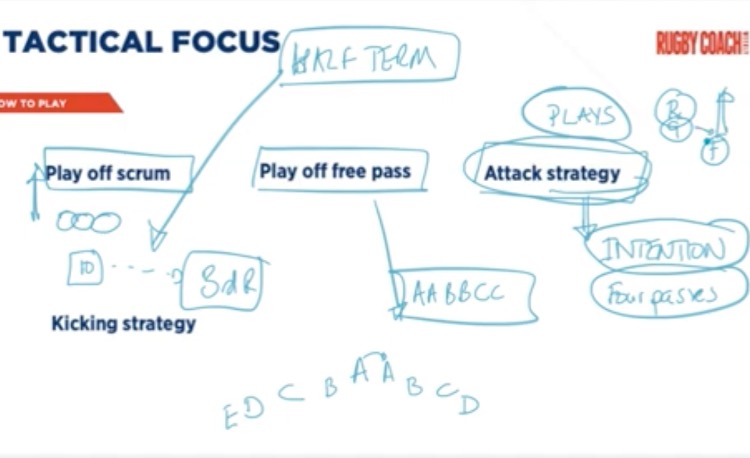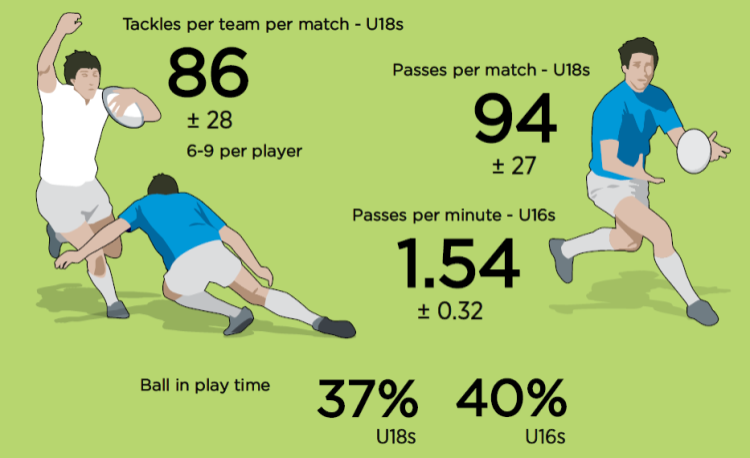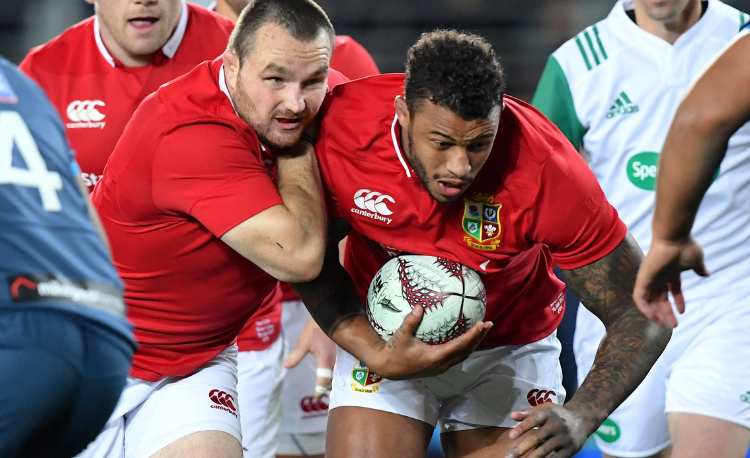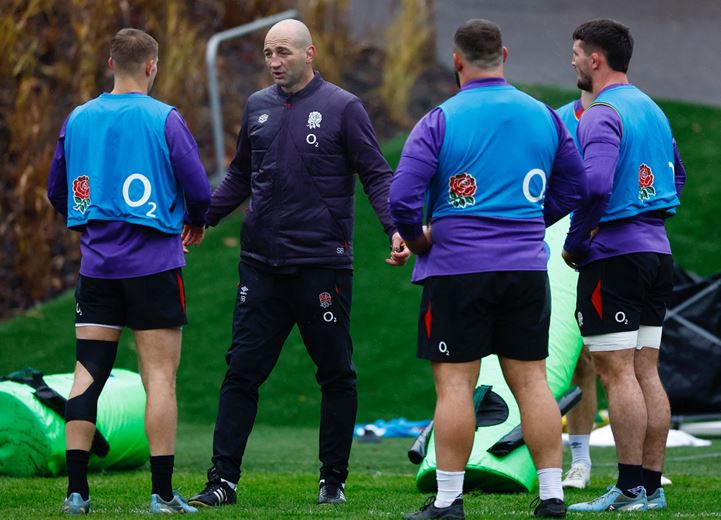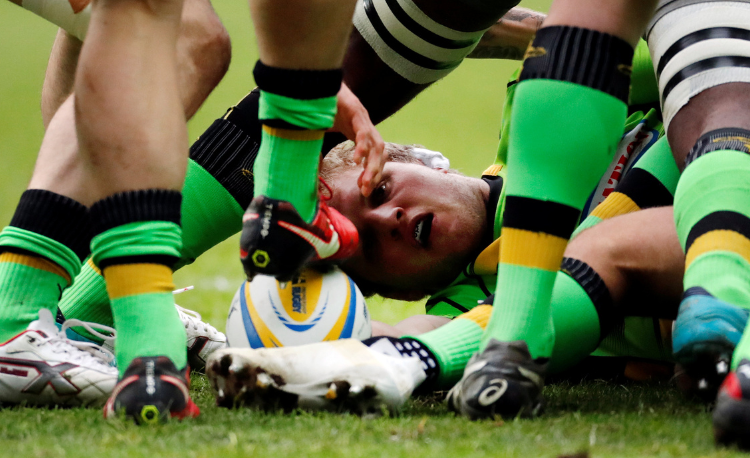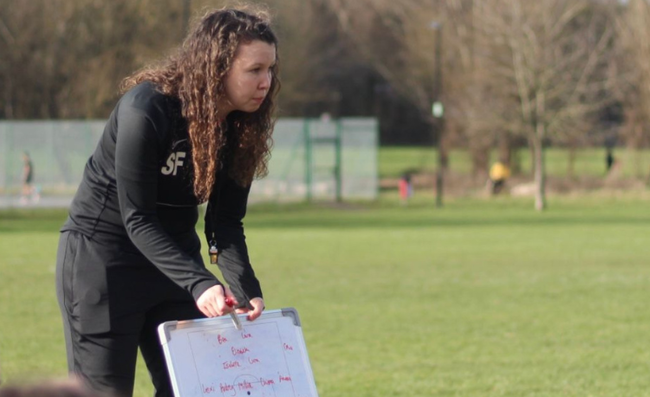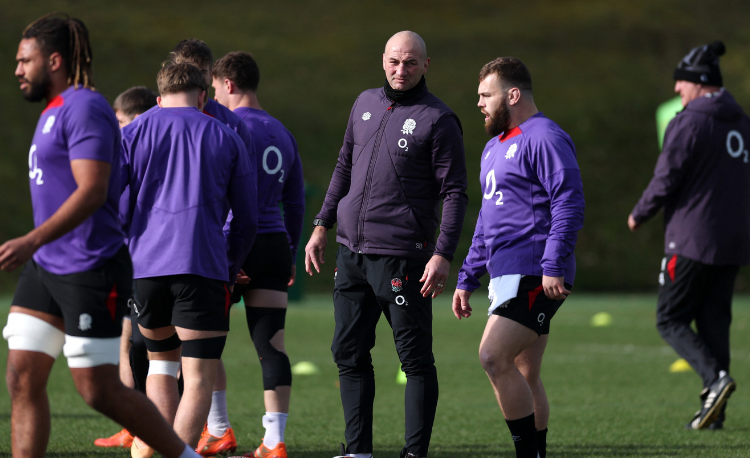Preparing players for larger pitches
Field sizes and player numbers increase as you move through age grades – here are tips on maximising the opportunities this presents.
Players and pitches grow in age-grade rugby – however, the growth of the latter is not linear or balanced.
Different players will go through spurts at different points in a season or over the course of several seasons. The growth may make them less co-ordinated, too.
Therefore, bigger pitches don’t always mitigate players’ physical or athletic-ability changes.
If possible, a gradual change will be the most beneficial approach, rather than a season on a particular-sized pitch and then, suddenly, the next season on a larger one.
Here are three focuses for moving up to bigger pitches.
Scan
Scanning is one of the most important skills in rugby – if you can’t see space to attack or an overlap to defend, it doesn’t matter how good you are at kicking or tackling.
A bigger pitch offers more space to attack; but there are usually also more players. There is a lot more for players to concentrate on, so scanning is essential.
To develop scanning, try playing ’drop-out touch’, where the tackler runs back to their try line when a tackle is made before rejoining. Click here for a version of the game.
Progress by varying which defender drops back – either you choose, or the defending team can pass a bib around and, whoever has it when the tackle is made, drops back.
"A bigger pitch offers more space; there are also more players. Scanning is essential..."
You could also play with overloaded teams, which will encourage the group with fewer players to keep scanning for the extra player.
A simple 5v3, in favour of the attack, would leave enough space for the attackers to scan for, and give the defence enough players to keep scanning for, as they won’t be able to mark their opposite player.
Passing and catching
It is worth noting that the average pass will be over a longer distance when the pitch is bigger.
This will require better passing skills; for younger players, this may see the introduction of spin passes.
It will also require better catching skills, as players will move further and faster before catching the ball.
Here is a link to refresher passing, which develops the players’ skills from running straight and passing and moves into 2v1 situations.
Running
Even with more players, a bigger pitch could lead to bigger spaces to attack.
You could play a channel game (see illustration, below), as this will encourage players to fill the field.
To start with, I would go with three channels, where the defence is only allowed one defender in each of the wide zones. This will encourage the attack to target and isolate players on the wings.
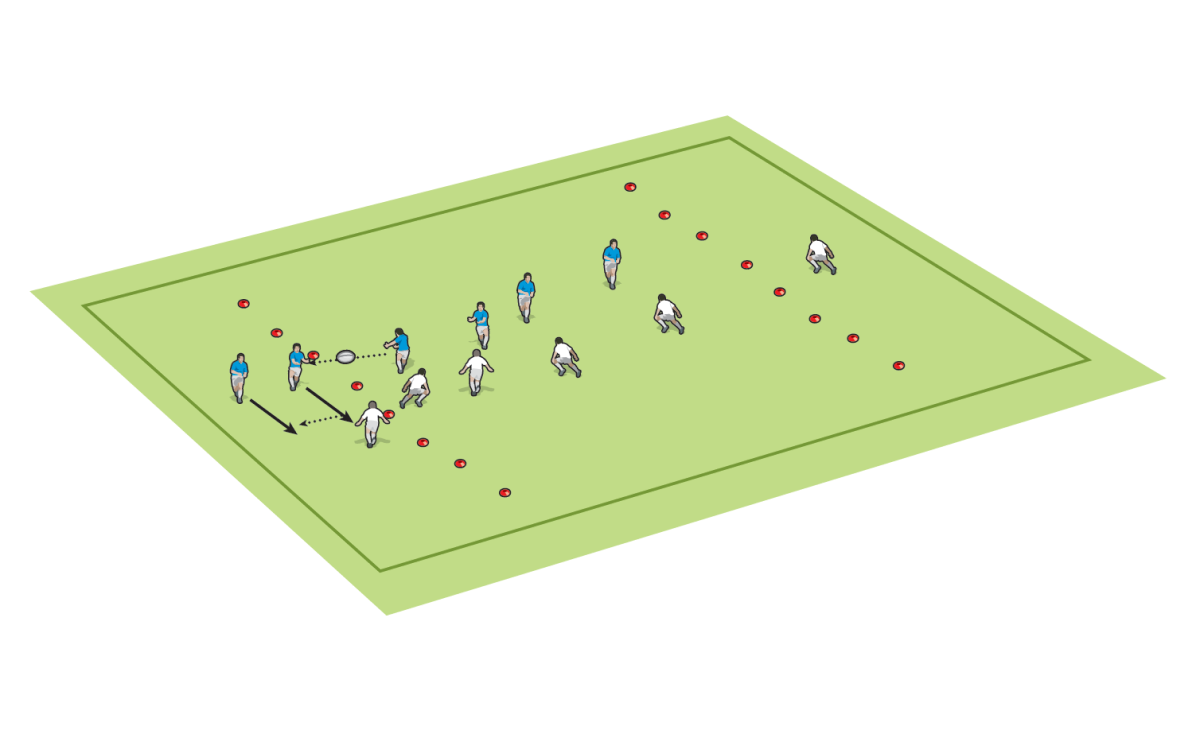
Related Files
Newsletter Sign Up
Coaches Testimonials

Gerald Kearney, Downtown Las Vegas Soccer Club

Paul Butler, Florida, USA

Rick Shields, Springboro, USA

Tony Green, Pierrefonds Titans, Quebec, Canada
Subscribe Today
Be a more effective, more successful rugby coach
In a recent survey 89% of subscribers said Rugby Coach Weekly makes them more confident, 91% said Rugby Coach Weekly makes them a more effective coach and 93% said Rugby Coach Weekly makes them more inspired.
Get Weekly Inspiration
All the latest techniques and approaches
Rugby Coach Weekly offers proven and easy to use rugby drills, coaching sessions, practice plans, small-sided games, warm-ups, training tips and advice.
We've been at the cutting edge of rugby coaching since we launched in 2005, creating resources for the grassroots youth coach, following best practice from around the world and insights from the professional game.

